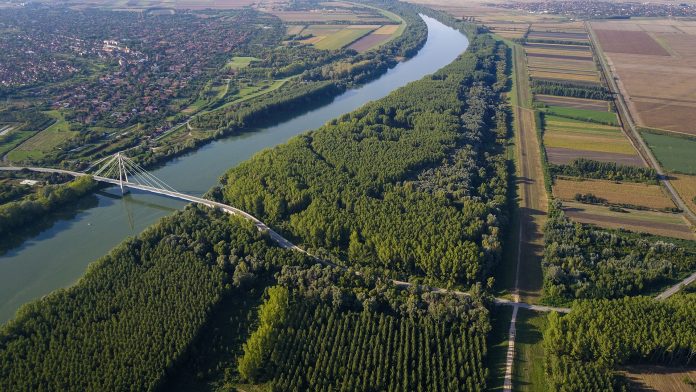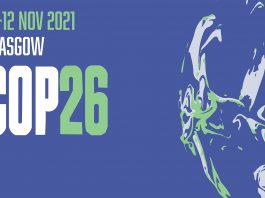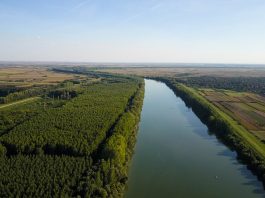Why closing the data gaps in the European bioeconomy through good data collection is the key to a greener Europe.
Key initiatives such as the European Union’s Green Deal are creating momentum to establish an EU-wide bioeconomy. However, it faces obstacles, such as the current system in which data is processed and shared among member states. Some argue that it urgently needs updating.
Through the newly emerging clean energy transition, the move towards a bio-based economy and away from a fossil-fuels has gained a new urgency.
European Union’s Green Deal
The European Union’s latest Green Deal aims to manage and transform Europe into a competitive economy that addresses social inequality and climate change.
Central to the Green Deal’s agenda, is the goal of achieving zero net emissions of greenhouse gases by mid-century, encouraging the transition to rely less on unrenewable resources and more on environmentally friendly economic growth. Because of this, the Green Deal is laying the groundwork for a wider adoption of bioeconomy practices in the EU.
In an encompassing plan that stretches beyond focusing on the environment alone, the Green Deal intends to address wider topics such as a greener and more sustainable approach to housing, the food chain, transport, the provision of energy, jobs and industry as a whole. However, achieving these ambitious targets is not without its challenges.
Challenges of achieving a greener Europe
While member states may broadly agree on the end objective, their diverse cultural and economic backgrounds mean many are divided on how to bring the European bioeconomy ambitions to the foreground. The role of nuclear energy in Europe’s future energy mix, is just one example of how opinion is often fiercely divided.
“Differing bioeconomy strategies could be a problem when designing an overarching EU policy,” explained Paul Stegmann, a researcher in bio-based economies at the University of Utrecht in the Netherlands. “For example, countries are working on individual sustainability certification schemes. This makes it more difficult for biomass suppliers, but it also could lead to biomass with lower sustainability standards entering the EU via member states with less strict requirements.”
As biomass products are essential to replace their fossil-fuel equivalents in the move towards a sustainable future, maintaining their universal cross-border standards is vital. Establishing an EU-wide bioeconomy also requires more than merely utilising renewable biological resources sustainably. Its success is also dependant on the way we measure the pace of progress towards this goal. This means examiningthe evaluation of new and existing data and establishing modelling frameworks that are fit for its purpose.
As well as existing gaps in available bioeconomy research, data that already exists requires a restructure in framework that results in a clearer picture of how the EU as a whole is approaching its green goals. “A circular bioeconomy can only work if we understand the flows of bio-based materials in the economy,” Stegmann said.
BioMonitor project
One project that addresses this particular concern is the European-Union backed BioMonitor. The project aims to help stakeholders from different sectors develop a monitoring system for the development of the bioeconomy that can oversee and measure its economic, environmental and social impact across the bloc.
“These bio-based products are the innovative parts of the bioeconomy, and they are not well covered by the statistics” added Professor Justus Wesseler, project coordinator from Wageningen University in the Netherlands.
The project focuses on implementing new and improved datasets in order to help close data gaps that are currently seen when evaluating the bioeconomy. It also seeks to enhance existing modelling tools that are utilised by industry and policymakers to define long-term strategies. And lastly, it plans to collectively engage relevant stakeholders through shared platforms and training modules. “We organise workshops with stakeholders to inform them of what we are doing and also to receive feedback and to see where there are possibilities for further improvement,” Wesseler said.
Good data collection in the context of bioeconomy development
Among a number of studies that underline the relevance of good data collection in the context of bioeconomy development, one is conducted by researchers at the European Forest Institute that examined a statistically representative group of more than 17,000 households in 28 EU countries to determine the value of wild-forest products (WFPs) to the European economy. WFPs include berries, mushrooms, nuts, truffles and herbs that citizens collect either for private consumption or to share or sell, having a major effect on food supply chain markets, rural development, and the wider bioeconomy.
Forests accumulate to 35% of the landmass in the EU, providing bio-based products that represent 8% of overall EU manufacturing. Besides ensuring jobs for 4.5million citizens, they capture 10% of CO2 emissions in the bloc, and are a key provider of water. According to the EFI, 89.8% of the sampled households use WFPs in some way, while over a quarter are engaged in collecting items to consume, share or sell.
Nevertheless, due to the fact that most of these products are consumed by households and therefore do not enter the formal market, little has been discovered about their value to the bioeconomy. “WFPs are important because they are basically unreported,” said Marko Lovric, from the European Forest Institute. “The reporting of what the forest sector does, which is one of the pillars of the bioeconomy, is just wood and its supply chains.”
However, Lovric added a note of caution in conceding that any improvement can only take place if statistical offices in ministries around the EU read the results of the research and make the crucial move in implementing them.





